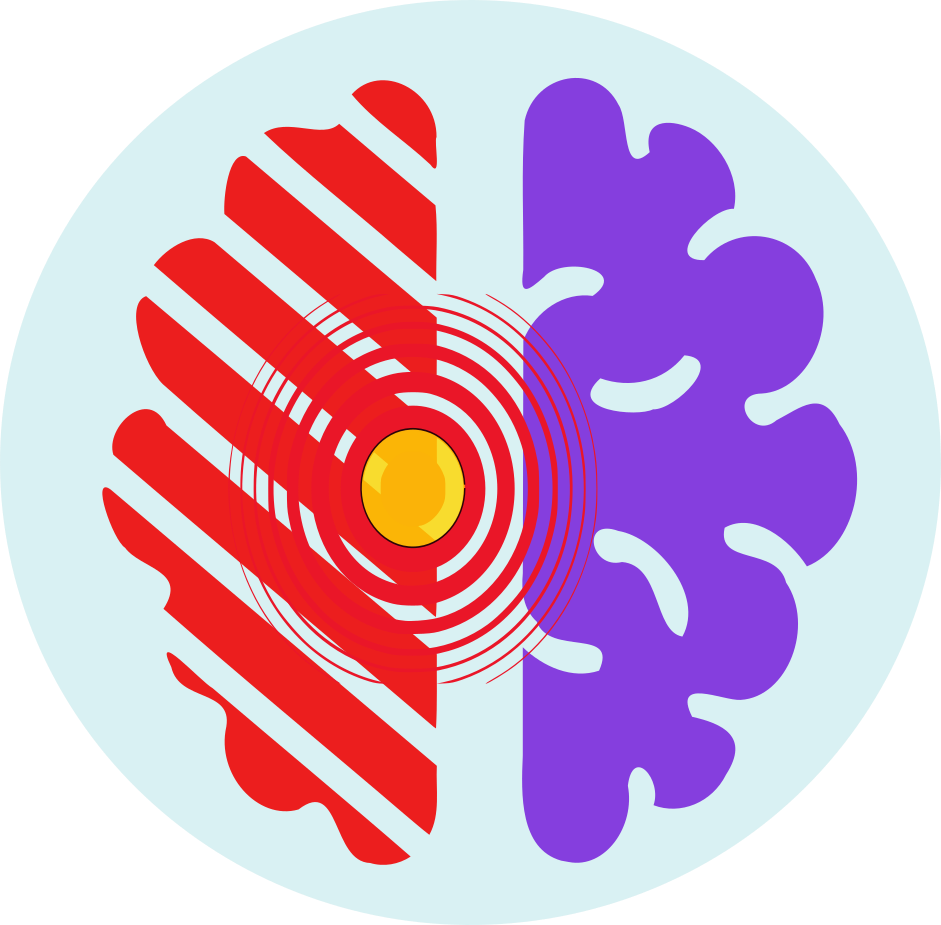| Name | Tranexamic Acid |
| Classes |
Coagulation Modifier Haematological Agent Antifibrinolytic |
| Diseases |
Blood Disorder Excessive Bleeding |
Tranexamic Acid
Tranexamic acid belongs to the class of antifibrinolytic agents, and it works by blocking the enzymatic breakdown of fibrin, a protein that forms blood clots. This mechanism of action reduces bleeding, particularly in situations where excessive fibrinolysis is the underlying cause.
Tranexamic acid is used to prevent and control bleeding in various conditions, including:
- Heavy menstrual bleeding
- Bleeding during or after tooth extraction
- Bleeding due to injury or surgery
- Nosebleeds
- Hemophilia
- Abnormal uterine bleeding during pregnancy
- Bleeding in patients with certain types of cancer
| ~ |
The dosage of tranexamic acid may vary depending on the patient's age, weight, and medical condition. Therefore, it is crucial to follow the instructions provided by the healthcare professional. The usual doses for different conditions are:
- Heavy menstrual bleeding: 1300 mg orally three times daily during menstruation
- Bleeding during or after tooth extraction: 10 mg/mL mouthwash, swish and spit 5-10 mL every 2 hours as needed for up to 8 days
- Bleeding due to injury or surgery: 1000-1500 mg orally every 6-8 hours
- Nosebleeds: 500 mg orally every 6-8 hours
- Hemophilia: 10-25 mg/kg every 6-8 hours
- Abnormal uterine bleeding during pregnancy: 1-1.5 g IV followed by 1-1.5 g orally every 8 hours
- Bleeding in patients with certain types of cancer: 10-15 mg/kg every 8 hours for up to 14 days
The most common adverse reactions associated with tranexamic acid include:
- Nausea
- Diarrhea
- Headache
- Dizziness
- Thromboembolism
- Nasal congestion
- Back pain
- Muscle cramps
- Tranexamic acid should not be used in patients with a history of blood clots or conditions that increase the risk of blood clots, such as deep vein thrombosis, pulmonary embolism, or stroke.
- Tranexamic acid should be used with caution in patients with kidney disease or a history of seizures.
- Tranexamic acid may interact with other medications, such as oral contraceptives, and may reduce their effectiveness. Patients should inform their healthcare provider about all medications they are taking before starting tranexamic acid therapy.
- Tranexamic acid may cause dizziness and visual disturbances. Patients should avoid activities that require alertness, such as driving or operating machinery, until they know how the medication affects them.
- Concomitant use of Tranexamic acid with Factor IX complex concentrates, anti-inhibitor coagulant concentrates or all-trans retinoic acid (oral tretinoin) may increase the risk of thrombosis.
- Visual or ocular adverse effects may occur with Tranexamic acid. Immediately discontinue use if visual or ocular symptoms occur.
- In case of severe allergic reaction, discontinue Tranexamic acid and seek immediate medical attention.
- Cerebral edema and cerebral infarction may be caused by use of Tranexamic acid in women with subarachnoid hemorrhage.
- Ligneous conjunctivitis has been reported in patients taking tranexamic acid
Contraindication
Tranexamic acid is contraindicated in-
- Patients with severe hypersensitivity reactions to tranexamic acid or any of the ingredients
- Women who are using combination hormonal contraception such as-
None known.
Tranexamic acid is contraindicated-
- In patients with subarachnoid hemorrhage, due to risk of cerebral edema and cerebral infarction
- In patients with active intravascular clotting
- Women with active thromboembolic disease or a history or intrinsic risk of thrombosis or thromboembolism, including retinal vein or artery occlusion
 Bangla
Bangla English
English









